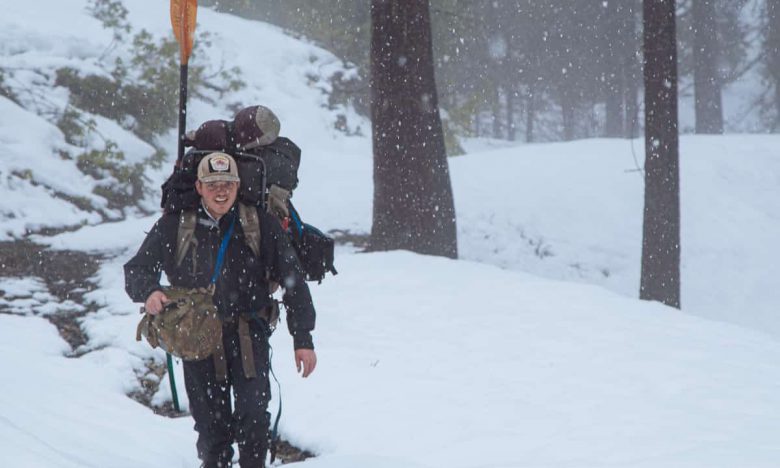They have names like Frank Church, Mokelumne, Mount Hood, Kalmiopsis, and Ansel Adams. They are legally designated Wilderness and part of our National Wilderness Preservation System. On September 3rd, 1964 President Lyndon B. Johnson signed a framework into law that would protect wild areas in the United States. Today is the Wilderness Act’s fiftieth birthday.
We are lucky to have the Wilderness Act. National Parks in the United States and around the world have historically encouraged road building and structures that increase visitation and use.
“The craze is to build all the highways possible everywhere while billions may yet be borrowed from the unlucky future. The fashion is to barber and manicure wild America as smartly as the modern girl. Our duty is clear.”Robert Sterling Yard (1935)
The founders of the Wilderness Society, including Robert Sterling Yard and Aldo Leopold, were concerned about this and fought for roadless wilderness around the country that would eventually be part of our formal National Wilderness Preservation System.
“The proponents of wilderness have achieved a compromise with the road-building bureaus which have the custody of our National Parks and Forests. They have agreed on the formal reservation of roadless areas. Out of every dozen wild areas opened up, one may be officially proclaimed “wilderness,” and roads built only to its edge” Aldo Leopold (1947)
The first draft of the Wilderness Act was written in 1956 by the Wilderness Society’s executive director Howard Zahniser. It took eight years and 66 revisions to get it right. It begins:
“In order to assure that an increasing population, accompanied by expanding settlement and growing mechanization, does not occupy and modify all areas within the United States and its possessions, leaving no lands designated for preservation and protection in their natural condition, it is hereby declared to be the policy of the Congress to secure for the American people of present and future generations the benefits of an enduring resource of wilderness.”The Wilderness Act
it further recognizes Wilderness as:
“an area where the earth and its community of life are untrammeled by man, where man himself is a visitor who does not remain.”The Wilderness Act
and protects these areas from logging, new mines, and general overuse by declaring:
“there shall be no temporary road, no use of motor vehicles, motorized equipment or motorboats, no landing of aircraft, no other form of mechanical transport, and no structure or installation within any such area.”The Wilderness Act
Leopold’s passion for protecting public lands from roads and development is as important today as it was 50 years ago.
The wilderness character of the Grand Canyon, one of the Seven Natural Wonders of the World, is currently threatened by two large development projects. One is a large commercial development which includes 2200 homes and 3,000,000 square feet of commercial space. The other is a 1.4 mile tram that would take 4,000 people a day to a magical place at the bottom of the Grand Canyon where the Little Colorado meets the Colorado River. If the Grand Canyon was protected as Wilderness in addition to being a National Park, then these two obscene projects would not be possible.
Wilderness is not only for us, but for the plants, animals, rocks, and water that have inhabited these lands well before humans. We need land protected as Wilderness even if we never visit it. Edward Abbey sums it up in Desert Solitare:
“A man could be a lover and defender of the wilderness without ever in his lifetime leaving the boundaries of asphalt, powerlines, and right-angled surfaces. We need wilderness whether or not we ever set foot in it.”Edward Abbey
Thank you Aldo Leopold, Robert Sterling Yard, Howard Zahniser, President Johnson, and everyone else who gave us the Wilderness Act. It is a beautifully written document and is worth reading on it’s 50th birthday.

